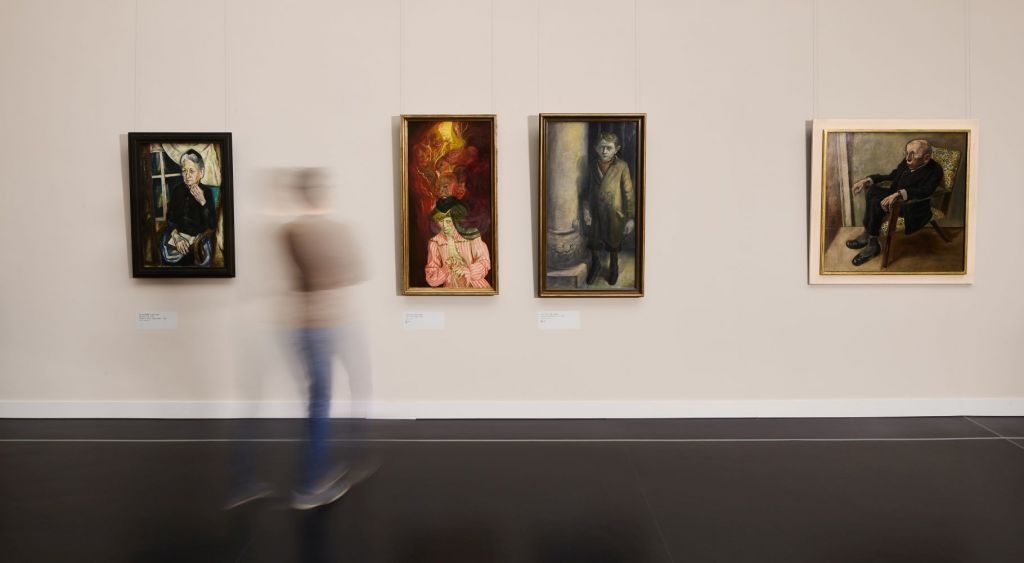
French Painting and New Objectivity
Fritz Wichert, the first director of Kunsthalle Mannheim, established a modern collection concept early on. He focused on French art: thanks to private donations from citizens, but also municipal funds, Wichert was able to purchase major works by Paul Cézanne, Claude Monet and Vincent van Gogh - above all, however, Manet's "The Execution of Emperor Maximilian of Mexico", made possible by donations from nine citizens of Mannheim. But works by Lovis Corinth, Ferdinand Hodler and Max Slevogt also found a new home in Mannheim under Wichert. From 1923, his successor Gustav Friedrich Hartlaub purposefully collected works by German Expressionists such as Franz Marc, Karl-Schmidt-Rottluff and Ernst Ludwig Kirchner, and supplemented the existing collection with works by the Romantics around Caspar David Friedrich and the Nazarenes. In 1925, Hartlaub gave the new figurative movement a name with the exhibition "Die Neue Sachlichkeit" ("New Objectivity"). The exhibition focused on works by Max Beckmann, Otto Dix, George Grosz and Franz Radziwill, among others, as well as the Mannheim-born painters Eugen Knaus and Xaver Fuhr. During the National Socialist era, the Kunsthalle was hit by the confiscation of so-called "degenerate" art, and important works of modern art were lost to the museum. In his acquisition policy of those years, director Walter Passarge (1936-1958) moved to the innocuous field of applied art. After 1945, the international Informel and Nouveau Réalisme movements became a focus of the Mannheim collection. Other major acquisitions were key works by Fernand Léger and Francis Bacon.